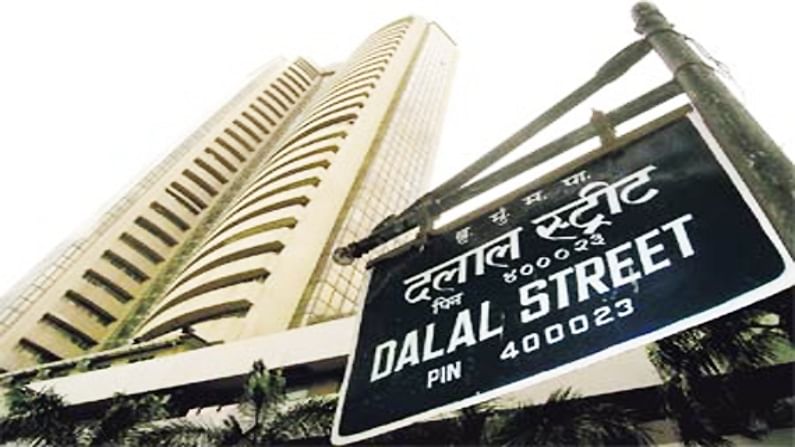Why should secondary markets have all the fun?
Does the current excitement indicate the end of an upcycle? Generally, markets have made intermediate tops when they reach a state of excess
- Nirali Shah
- Last Updated : July 10, 2021, 14:41 IST

Domestic bourses remained afloat in a state of uncertainty as international bourses showed signs of profit booking on overvaluation. FIIs got rid of Indian equities in the latter half of the week giving the market a volatile experience. On the contrary, there appears to be an overflow of retail participation, especially novices, as a result of massive liquidity and the absence of other attractive alternatives. It can be inferred that benchmark indices have been either consolidating or in a distribution phase.
Net inflows into equity mutual fund schemes in June marked the fourth consecutive month of positive inflows, after eight straight months of outflows prior to March 2021. This surely denotes resilient confidence and returning conviction into equity markets. Markets hovering around new highs have not only induced the FOMO retail participants to invest but have also tempted promoters to come out with IPOs to pound a handsome price for their share, exploiting the bullish sentiment of the market. After all, companies do ‘strike while the iron is hot!’ A record number of companies are anticipated to hit Indian bourses in H2CY21 intending to raise about Rs. 80,000-90,000 Crs. The current hysteria and the rate at which companies are listing in the primary market may also end up sucking away liquidity, abandoning secondary markets high and dry.
And hence the question remains: Does the current excitement indicate the end of an upcycle? Generally, markets have made intermediate tops when they reach a state of excess. Currently, it appears that the aggression in volumes have softened and the VIX is also more or less in the same range. So only if Asia and other developed equities witness a pivotal correction in the coming week, can Indian markets make an intermediate top. Until then, we can safely conclude that this week’s move was on the back of profit booking only.
Event of the week
The recently released data by RBI hints towards a shift in borrower trends. The second wave saw an increase in personal loan borrowings as individuals scrambled to manage their liquidity. Borrowers have resorted to seeking loans against their jewellery to manage their needs for short term finances. Along with this, vehicle loans witnessed a surge as the unlock theme played out. But on the other hand, credit growth has slowed in the housing sector, education loans have further dwindled as institutions remain shut and industrial loans reported a de-growth. This decline further ascertains that major corporations and organisations have been undergoing deleveraging over the last year, while people have turned to borrowing to get through the pandemic. While the RBI remains optimistic of economic recovery, the metropolitan segment appears to head down on a different path as lending growth came in at meagre 1.4%. This contrast in views by corporations and individuals is a further cause of concern for our economy.
Technical outlook
Nifty50 closed on a mildly negative note for the week, but it is still trading in a range-bound manner. The index has established short-term support at the 15500 zone, a break of which will raise a red flag to the ongoing uptrend. This might trigger a profit-booking move and possibly short-term weakness in the market. Until then, we suggest traders maintain a bullish bias, keeping a stoploss below 15440. Immediate resistance is now placed at 15900.
Expectations for the week ahead
The coming week will kick off the FY22 earnings season. As India Inc sees a stable recovery in sights and improving prospects across the board, broad-based expectations from Indian counterparts remain high. Despite the favourable sentiment, some stocks might witness spurts of volatility guided by traders. However, one should keep the low base of last year in mind, as it can boost this time’s YoY growth numbers. Investors should consider profit booking in certain overpriced stocks on each near-term opportunity. Nifty50 closed the week at 15689.80, down by 0.21%.
(The writer is head of equity research, Samco Securities. Views expressed are personal)
Download Money9 App for the latest updates on Personal Finance.
Related
- देश का विदेशी मुद्रा भंडार 4.47 अरब डॉलर घटकर 688.1 अरब डॉलर पर
- मौद्रिक नीति पर निर्णय से पहले सेंसेक्स 308 अंक टूटा, निफ्टी भी नुकसान में
- जी एंटरटेनमेंट के शेयरधारकों ने प्रवर्तक संस्थाओं से 2,237.44 करोड़ जुटाने के प्रस्ताव को किया खारिज
- 15 जुलाई तक मक्का, धान की फसलों का बीमा कराएं किसान: हमीरपुर जिला अधिकारी
- सेंसेक्स की शीर्ष 10 कंपनियों में से नौ का बाजार पूंजीकरण 2.34 लाख करोड़ रुपये बढ़ा
- नेस्ले इंडिया के निदेशक मंडल के 1:1 बोनस शेयर जारी करने को दी मंजूरी दी

